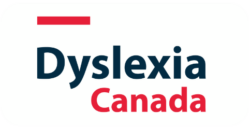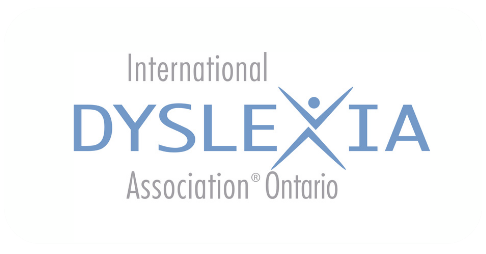Reading is one of the most essential skills a child can learn. It opens doors to knowledge, communication, and countless other opportunities. Yet, for far too many students, learning to read is a struggle. This is where Structured Literacy—an evidence-based approach to reading instruction—comes in. It offers a way to teach literacy that helps all students, especially those who may be at risk of falling behind. Here’s why we need to embrace Structured Literacy as a cornerstone of reading education.
The Reality of Reading Struggles in Schools
Year after year, students are promoted through school without mastering the basics of reading. This reading crisis has serious implications for students, families, and teachers alike, as literacy is foundational for all future learning.
For too long, many classrooms have relied on outdated methods, often assuming that reading comes naturally through exposure, much like speaking. But science tells us a different story: learning to read is complex and requires direct, structured teaching of language mechanics. Structured Literacy fills this need by offering a research-backed, systematic way to teach reading effectively.
What Makes Structured Literacy Different?
Structured Literacy is more than a curriculum—it’s a method of teaching that prioritizes explicit, systematic, and sequential instruction in the fundamental components of reading. It is particularly helpful for students with reading difficulties like dyslexia, but research shows it benefits all students by providing clear, direct pathways to literacy.
- Phonological Awareness: Understanding the sounds within words.
- Phonics: Connecting sounds to their letter representations.
- Morphology: Breaking down words into their smallest units of meaning (like prefixes and suffixes).
- Syntax: Understanding how words and sentences fit together to create meaning.
- Vocabulary and Comprehension: Building word knowledge and reading for meaning.
These skills are taught in a logical, cumulative order, making sure students master each concept before moving on to the next. This progression is key in helping students build confidence and skill in reading, allowing them to tackle more complex language with a strong foundation.
Why Structured Literacy Matters for All Learners
Structured Literacy’s approach isn’t just helpful for struggling readers—it’s essential for creating successful readers of all types. Here are three main reasons why Structured Literacy is so important:
- It Closes the Literacy Gap: Structured Literacy is especially effective for students who struggle with reading.. Unlike traditional reading methods, it doesn’t rely on “guessing” or context clues. Instead, it provides clear, consistent instruction in the mechanics of reading, which is what many struggling readers need to succeed.
- It Builds Confident, Skilled Readers: By directly teaching students how sounds, letters, and words work together, Structured Literacy helps students understand the structure of language. This builds not just reading skills but also confidence. Students aren’t left guessing at words or feeling anxious about unknown vocabulary—they have a clear strategy to decode and understand new words.
- It’s Backed by Research: Decades of scientific research in education and neuroscience support Structured Literacy as one of the most effective methods for teaching reading. Studies have shown that explicit, systematic instruction is the best way to develop strong reading skills, particularly in early and elementary education. This evidence base provides a solid foundation that teachers and schools can rely on for proven results.
Debunking the Myths About Structured Literacy
One misconception about Structured Literacy is that it’s a rigid, “phonics-only” approach that leaves out creativity and meaning. In reality, Structured Literacy does much more than teach phonics; it incorporates vocabulary, syntax, and comprehension to give students a complete understanding of language. Far from being rigid, it can incorporate games and interactive learning techniques to keep students engaged and excited about reading.
Another common myth is that Structured Literacy is only for struggling readers. While it’s especially effective for students with learning differences, Structured Literacy benefits all readers. By giving every student a strong foundation in the structure of language, it prepares them to read, write, and comprehend with confidence.
Why Teacher Training in Structured Literacy is Essential
Despite its proven effectiveness, Structured Literacy is often missing from teacher training programs. Many new teachers enter classrooms without a full understanding of how reading develops or how to address reading difficulties. Structured Literacy training gives teachers the tools to teach reading effectively, setting students up for literacy success from day one.
As more schools and districts recognize the power of Structured Literacy, there is an opportunity to ensure that all teachers are equipped with this knowledge. By bridging the gap between research and classroom practice, we can make sure teachers are empowered to help every child become a strong, confident reader.
Structured Literacy: A Path Forward in Literacy Education
In an era where literacy rates are alarmingly low, Structured Literacy offers a solution grounded in science and driven by proven outcomes. This approach doesn’t rely on luck or vague guesses; instead, it provides a structured, accessible way to teach reading that helps students make sense of language from the ground up.
Embracing Structured Literacy means providing all students with the skills they need to read proficiently and confidently. By adopting this method, we can work towards a future where every child becomes a reader—one who reads not only for school but also for a lifetime of learning and enjoyment.




